Birds are remarkable communicators, using a diverse repertoire of visual signals alongside their famous songs and calls. While avian vocalizations often capture human attention, birds rely heavily on sophisticated body language to convey intentions, establish territory, attract mates, and maintain social cohesion. This intricate visual communication system involves postures, movements, displays, and subtle cues that can speak volumes to other birds. Understanding these non-vocal signals provides fascinating insights into avian behavior and social dynamics across the bird kingdom.
The Significance of Visual Communication in Birds
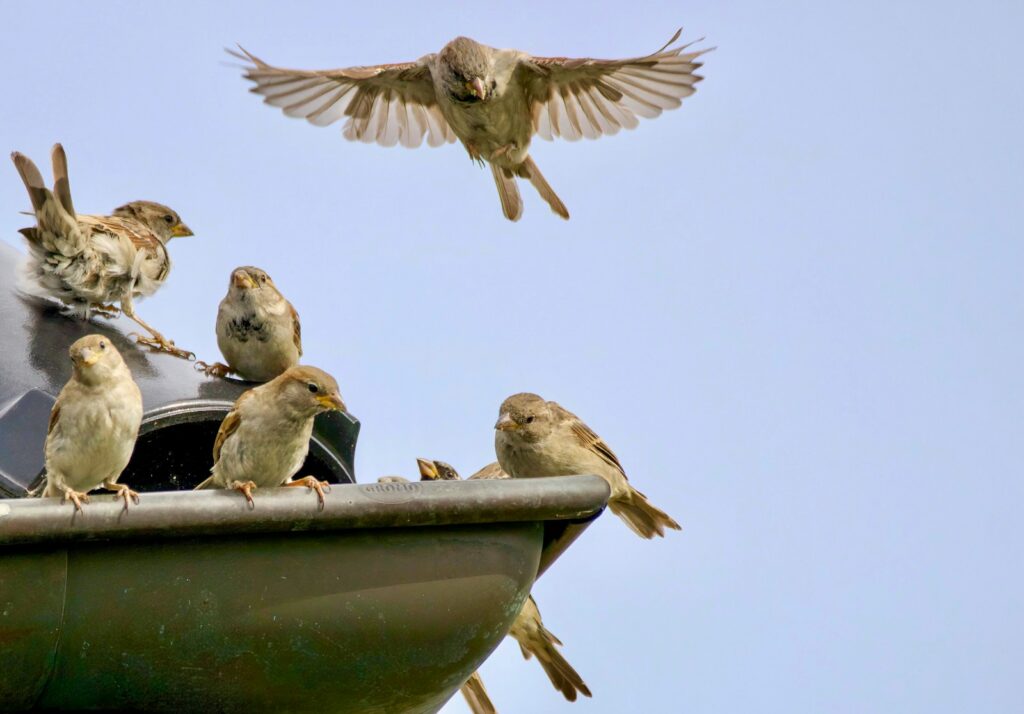
Birds inhabit nearly every ecosystem on Earth, often living in environments where visual signals can travel farther or more reliably than sound. In dense forests, over vast ocean expanses, or amid urban noise pollution, visual communication becomes especially valuable. Unlike vocalizations, which consume energy and may attract predators, body language can convey nuanced messages silently and efficiently. Visual signals also provide immediate feedback, allowing birds to adjust their behavior in real-time based on the responses of others. Additionally, some messages are simply better conveyed visually – the spectacular plumage displays of birds of paradise, for instance, communicate genetic fitness in ways that vocalizations cannot.
Posture as a Communication Tool
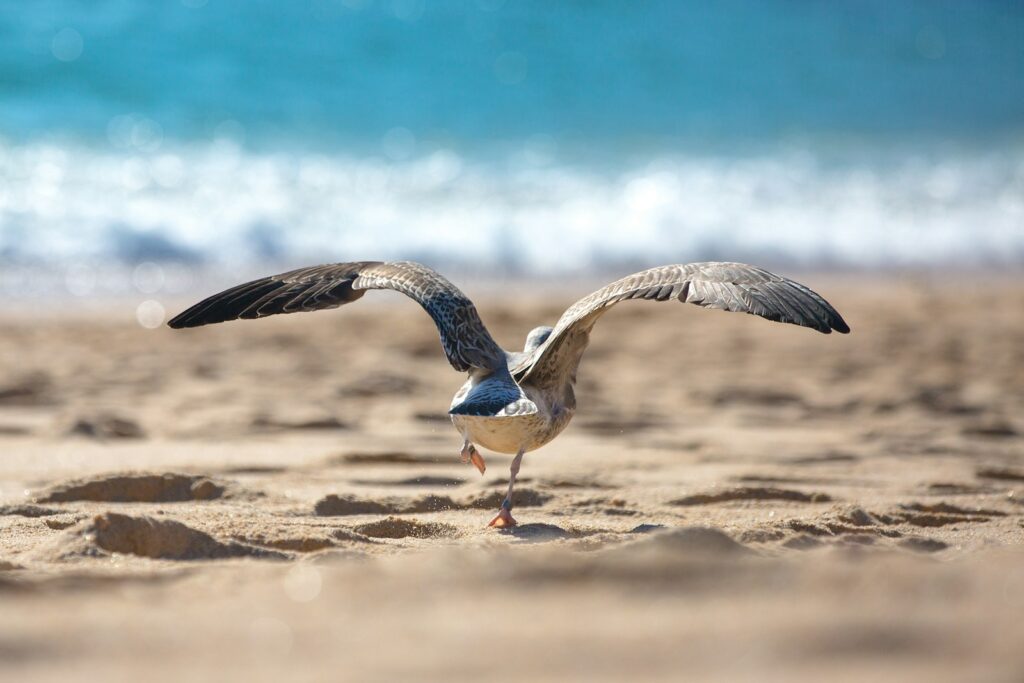
A bird’s posture speaks volumes about its emotional state and intentions. Relaxed birds typically maintain a neutral stance with feathers held close to the body and natural body proportions. When threatened or attempting to intimidate, many species will puff up their feathers to appear larger, raise their wings slightly, and adopt a more erect posture – a universal signal of aggression or defensiveness across avian species. Conversely, submissive birds often crouch low, sleek their feathers tight against their bodies, and may even tremble slightly to indicate they pose no threat. Sleeping or resting birds tuck their heads under wings or fluff feathers to create insulation, signaling to others they are in a non-alert state. The subtle variations in how birds hold their bodies constitute a sophisticated language understood by conspecifics and often by other species as well.
Wing Signals and Flight Patterns
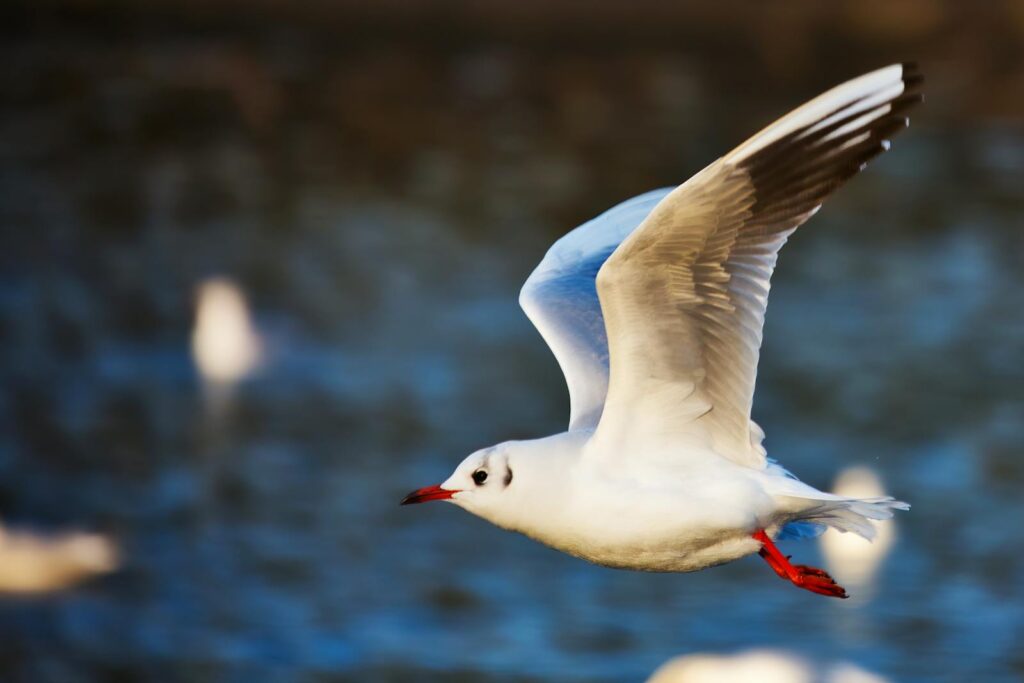
Wings serve as highly visible communication tools beyond their primary function in flight. Many species use distinctive wing movements in courtship displays, like the dramatic wing-snapping of manakins or the synchronized wing-waving of albatrosses. Warning signals often involve quick flicks or flashes of wings, revealing hidden color patterns that startle predators or alert flock members to danger. During territorial disputes, birds may hold their wings in specific positions – partially extended or raised above the back – to signal aggressive intent without actually attacking. Even flight patterns themselves communicate information; the undulating flight of woodpeckers broadcasts their identity to other birds, while the deliberate wing-fluttering of juvenile birds signals their dependent status to parents. Some species, like plovers, perform elaborate “broken-wing displays,” feigning injury to lure predators away from nests through deceptive body language.
Head Movements and Gaze Direction
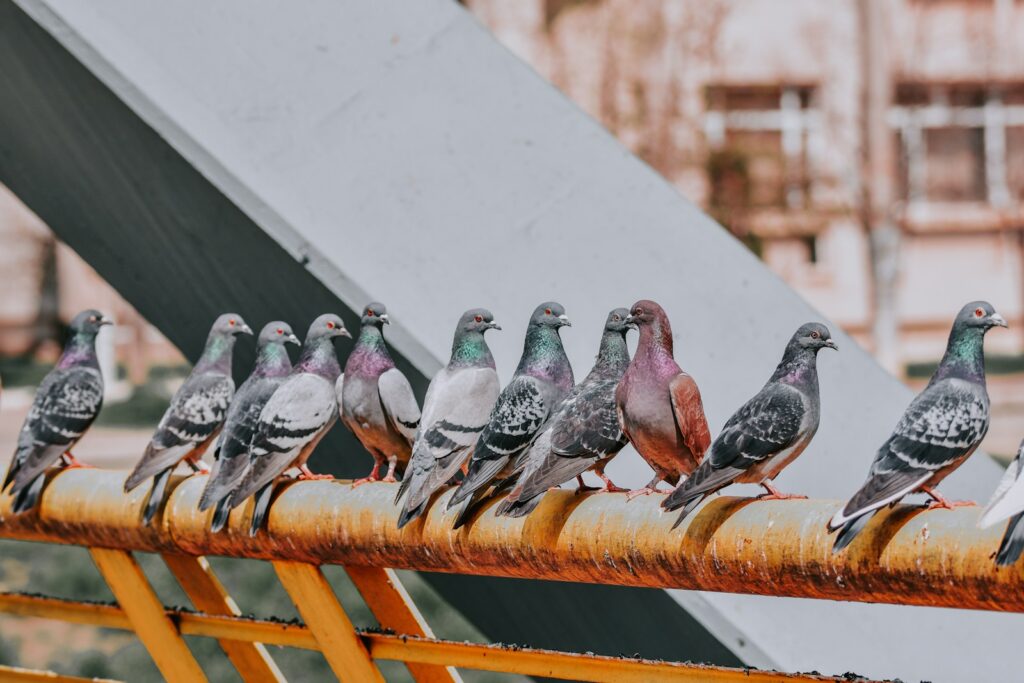
The position and movement of a bird’s head convey crucial information about attention, interest, and intent. The fixed, direct stare of a predatory bird signals hunting focus, while rapid head movements often indicate vigilance or alarm. Many birds use distinctive head-bobbing or weaving movements during courtship, such as the elaborate head-throwing displays of western grebes or the head-bobbing of pigeons. Submissive birds frequently avert their gaze or tilt their heads away from dominant individuals, avoiding the confrontational message of direct eye contact. Some species, particularly corvids like ravens and crows, appear to use pointing-like behaviors by orienting their head and bill toward objects of interest, potentially directing the attention of flock members. The subtlety of these head-based signals demonstrates the sophisticated visual attention birds pay to one another’s body language.
Tail Movements and Positions
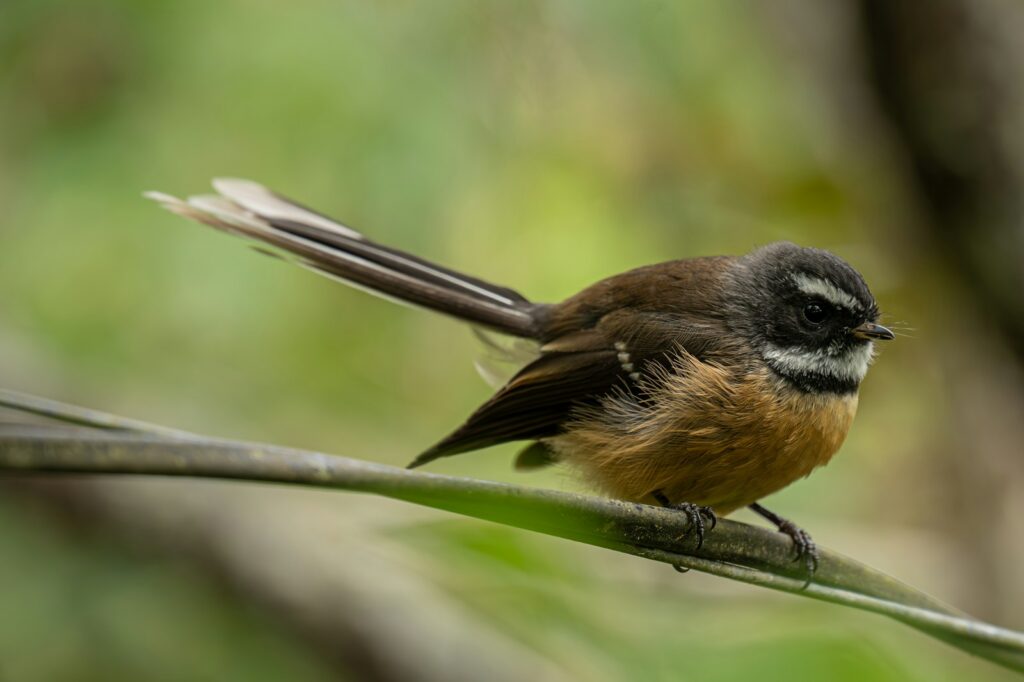
A bird’s tail serves as a highly visible signaling device, with movements and positions that convey specific messages. Rapid tail-flicking or tail-pumping often indicates agitation, alarm, or heightened alertness, as seen in many warbler and wagtail species. Fanned tails typically signal either aggression or courtship intentions, depending on the context and accompanying behaviors. Some birds, like fantails and redstarts, use distinctive tail-spreading displays to flush insect prey from vegetation, simultaneously communicating their feeding territory to other birds. In social species, tail positions can indicate hierarchical status, with dominant birds often holding their tails higher than subordinates. Perhaps most dramatic are the spectacular tail displays of peacocks and birds of paradise, which have evolved specifically to communicate genetic fitness to potential mates through elaborate visual signals.
Feather Displays and Plumage Manipulation
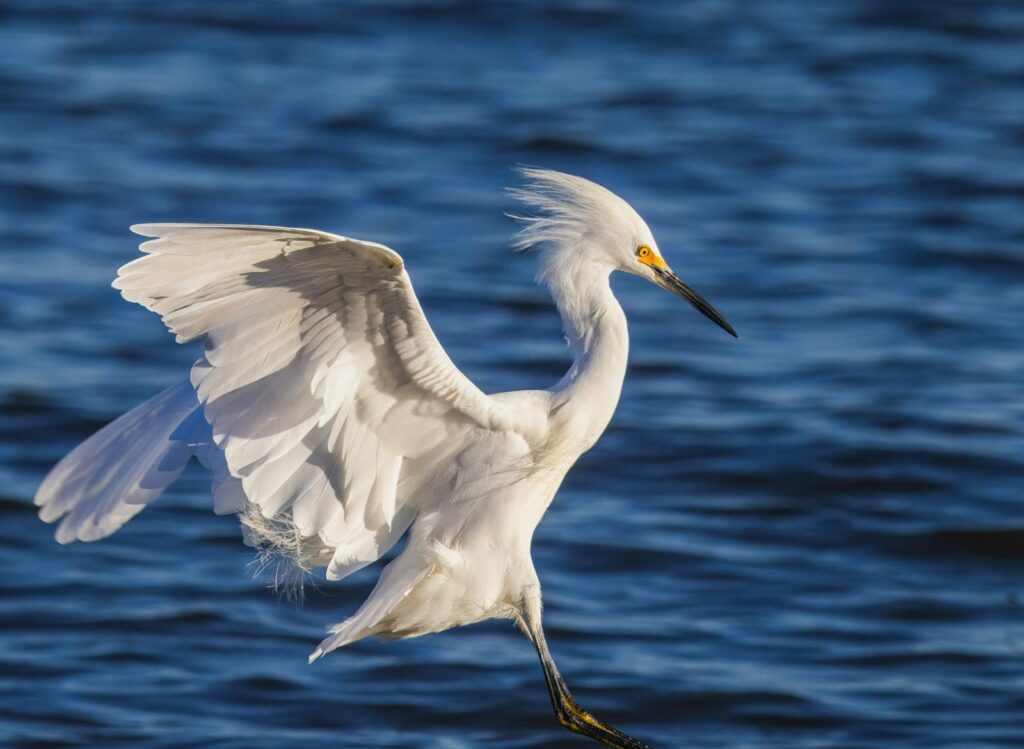
Birds exercise remarkable control over their feathers, creating visual displays that dramatically alter their appearance. Many species possess specialized feather structures they can erect at will – from the head crests of cockatoos to the throat sacs of frigate birds – functioning as mood indicators and status signals. During courtship, birds like the sage grouse inflate colorful air sacs while erecting specialized feathers, creating a visual spectacle impossible to ignore. Threat displays often involve raising specific feather groups, such as crown feathers or hackles, making the bird appear larger and more intimidating to rivals. Some species perform “displacement preening,” where they groom themselves in specific ways to communicate nervousness or indecision in socially tense situations. The precision with which birds can control individual feather groups allows for a nuanced visual vocabulary that communicates specific messages in different social contexts.
Ritualized Courtship Displays
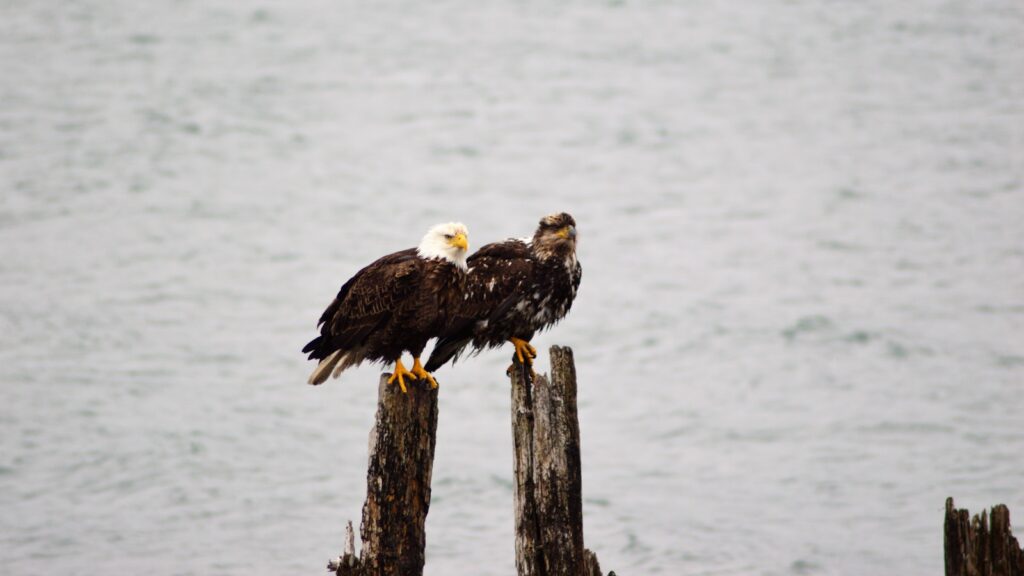
Courtship represents perhaps the most elaborate form of avian body language, with complex routines that have evolved to communicate genetic fitness and compatibility. These displays often combine multiple body language elements into choreographed performances, such as the intricate dancing of cranes or the synchronized movements of grebes. Male birds of paradise perform some of the most extraordinary displays, transforming their appearance through specialized feathers while executing precise movements on carefully selected and maintained display grounds. Many species incorporate props into their visual displays, with bowerbirds arranging colorful objects and male frigatebirds inflating massive red throat pouches. These courtship rituals serve as honest signals of health, vigor, and genetic quality, allowing potential mates to assess each other through body language before investing in reproduction. The precision and complexity of these displays demonstrate how central visual communication is to avian reproductive success.
Territorial and Aggressive Displays
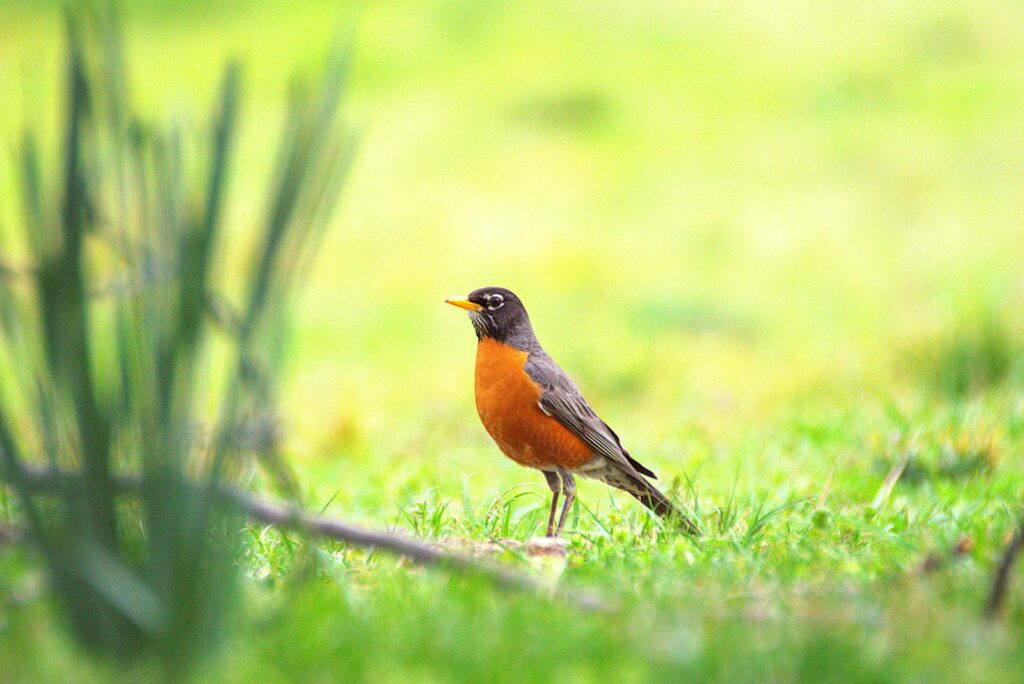
Birds use distinctive body language to establish and defend territories without necessarily resorting to physical combat. Many species adopt confrontational postures when faced with rivals, including erect stances, forward-leaning positions, and direct staring that signals aggressive intent. Wing-spreading displays, like those of the American robin or European robin, make the bird appear larger while revealing any colorful patches that might intimidate competitors. Some species perform ritualized boundary displays at territory edges, such as the parallel walking of male sage grouse or the ceremonial border flights of neighboring eagles. Woodpeckers and other territorial species often use rhythmic movements like head-swinging or bill-pointing directed at intruders, communicating ownership in a standardized visual language. These displays function as efficient communication systems that minimize actual fighting, which could result in injury to both birds.
Flock Coordination and Synchronization
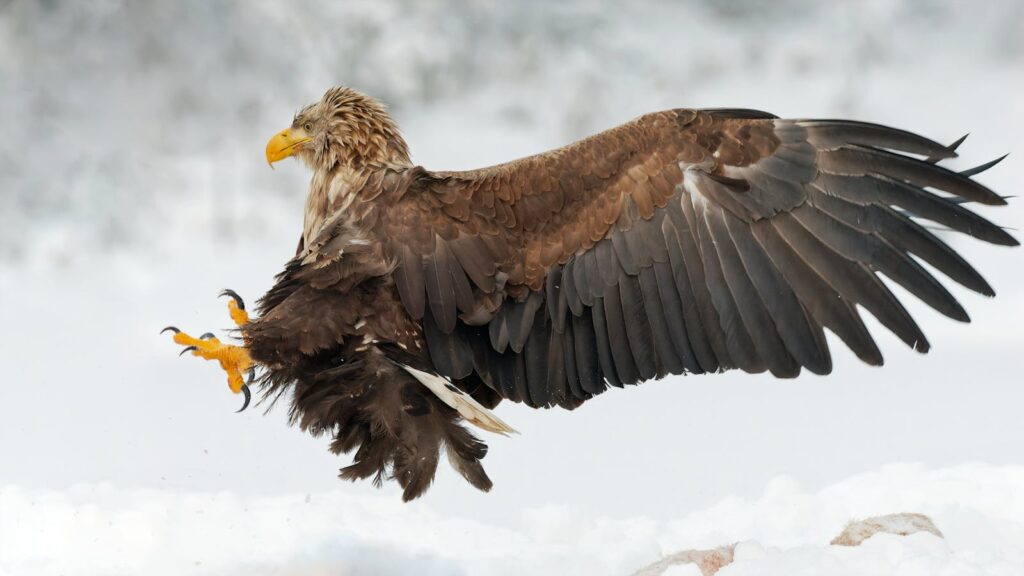
Social species use body language to coordinate group movements and maintain flock cohesion with remarkable precision. In starling murmurations, individual birds closely monitor the movements of nearby flock members, responding within a fraction of a second to subtle changes in direction or speed. Sentinel behaviors, where designated individuals adopt vigilant postures while scanning for threats, allow other flock members to feed more efficiently. Many species use intention movements – subtle body shifts that telegraph imminent actions – to coordinate takeoffs, landings, or changes in foraging locations. Flying flocks often maintain specific positions relative to each other, with birds adjusting their body posture and wing movements to signal their intended trajectory to others. These coordinated movements, based on visual cues rather than vocalizations, enable the spectacular synchronized flights of birds like dunlins or sandpipers that appear to function as a single organism.
Parent-Offspring Communication
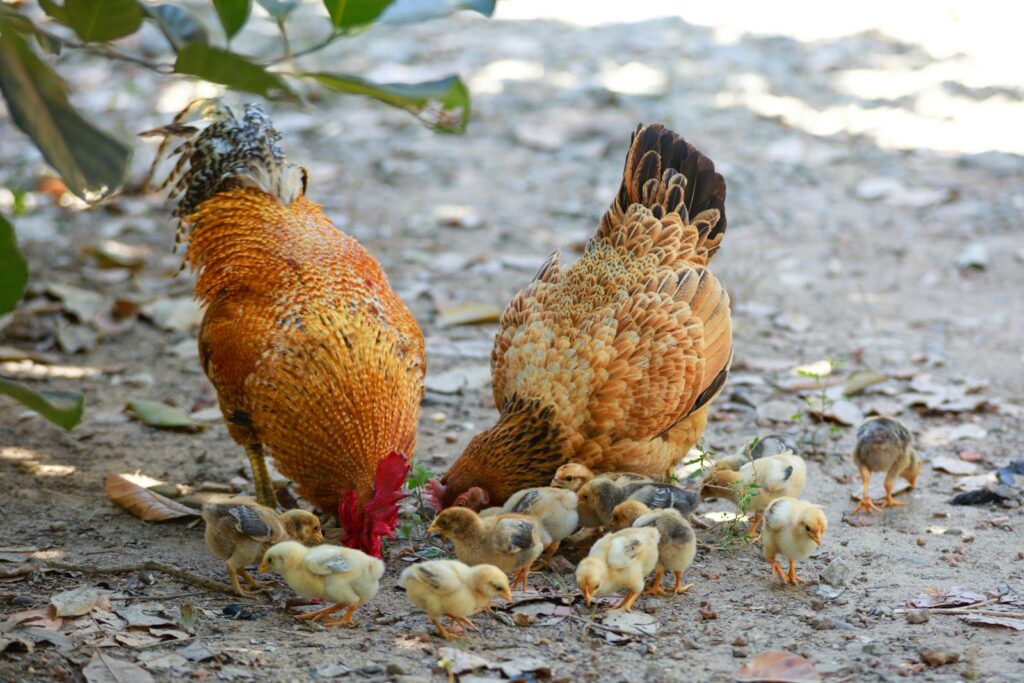
Visual signals between parent birds and their offspring establish crucial communication channels from the moment of hatching. Chicks in many species instinctively respond to specific parental postures, such as the hunched feeding stance that signals food availability. Begging behaviors from young birds include distinctive visual components – gaping mouths, wing-quivering, and particular body positions – that trigger feeding responses in adults. Parent birds use specific body language to signal danger, with distinctive alert postures or freeze commands that young birds instinctively obey. As offspring mature, adults may use increasingly assertive body language to discourage begging and promote independence, including turning away, adopting aggressive postures, or performing displacement activities. This visual communication between generations ensures young birds learn not only what to eat but how to interpret the complex body language they’ll need to navigate avian social systems as adults.
Interspecies Visual Communication
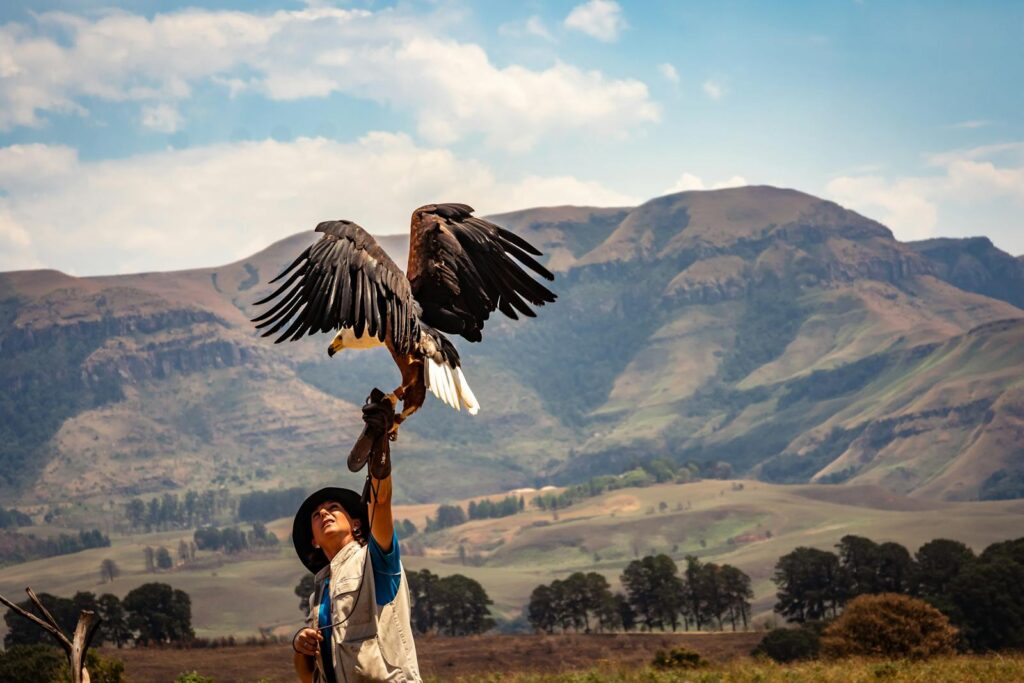
Birds don’t limit their visual communication to their own species – they send and receive body language signals across species boundaries. Mobbing behaviors, where smaller birds adopt specific threatening postures toward predators, often recruit multiple species into collective defense actions based on visual cues alone. Mixed-species feeding flocks use visual attention signals, with sentinel species adopting distinctive alert postures that warn the entire group of approaching threats. Some birds exploit the visual communication systems of others, like parasitic cuckoos whose chicks mimic the begging displays of host species’ young. Humans unintentionally participate in this interspecies visual language; many wild birds recognize and respond to human gaze direction, approaching when we look away and retreating when directly observed. These cross-species visual communications demonstrate the universal nature of certain body language elements in the avian world.
Evolutionary Development of Visual Signals
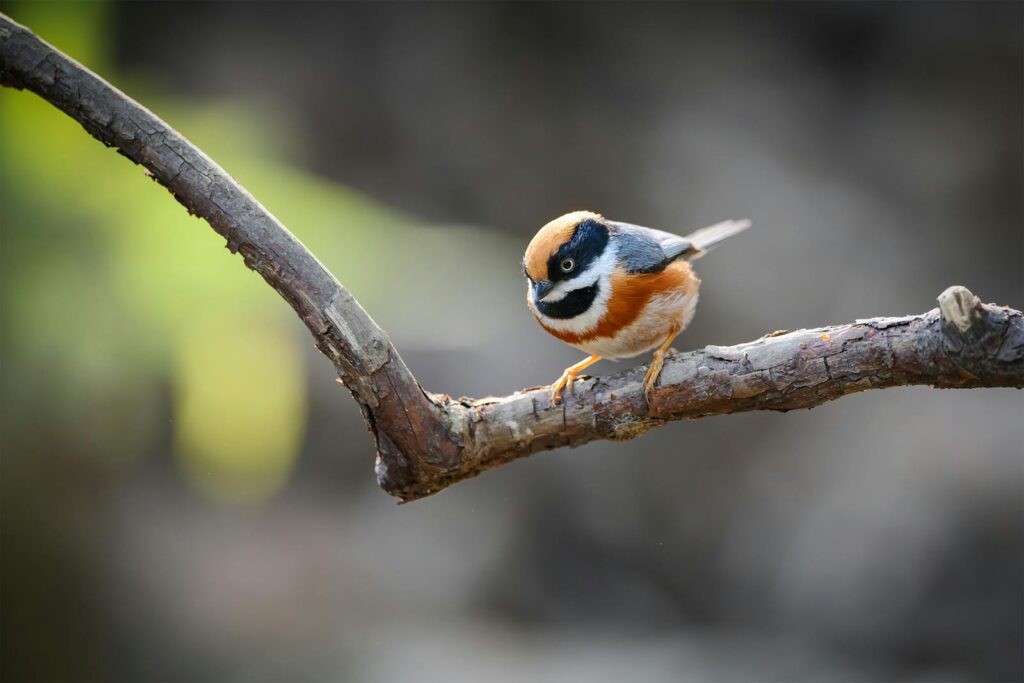
The sophisticated body language of birds has evolved through natural and sexual selection over millions of years. Many visual signals originated from functional movements that gained communication value – threat displays often exaggerate fighting preparations, while courtship rituals frequently incorporate elements of feeding or nest-building behaviors. Sexual selection has driven the evolution of increasingly elaborate visual displays, particularly in polygynous species where males compete intensely for female attention. Geographic isolation has led to remarkable variation in body language between populations of the same species, with distinct regional “dialects” of visual display. Interestingly, unrelated species facing similar environmental pressures often evolve convergent body language systems, suggesting optimal solutions to communication challenges. As with other communication forms, visual signals must balance conspicuousness to intended receivers against the risk of attracting predators, leading to context-specific display behaviors.
Reading Bird Body Language: Conservation and Welfare Applications
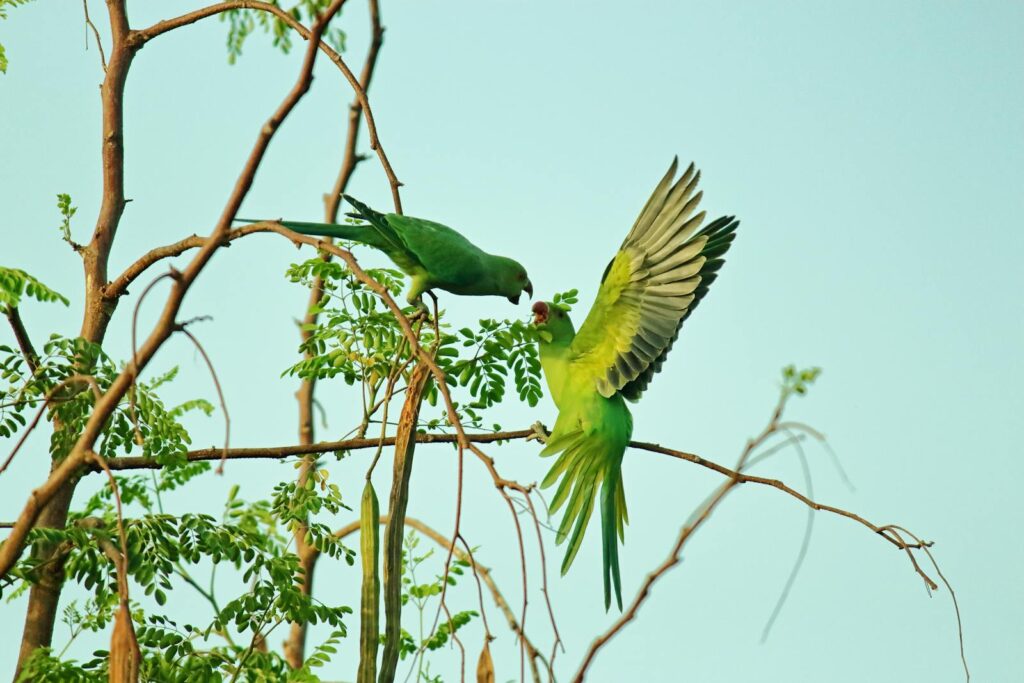
Understanding avian body language has significant practical applications for both conservation and the welfare of captive birds. Wildlife managers use knowledge of territorial displays to assess population density and breeding success in endangered species. Captive breeding programs rely heavily on recognizing subtle courtship signals that indicate pair compatibility and readiness to breed. In avian veterinary medicine, recognizing pain postures and stress signals helps practitioners provide better care with minimal handling. For pet bird owners, the ability to read their birds’ body language allows them to respond appropriately to needs and avoid unwanted behaviors triggered by misinterpreted signals. Conservation projects increasingly incorporate knowledge of visual communication when designing habitat corridors and protected areas, ensuring they accommodate the display grounds and visual communication needs of native species. This growing understanding of avian body language contributes significantly to our ability to coexist with and protect bird species worldwide.
Conclusion
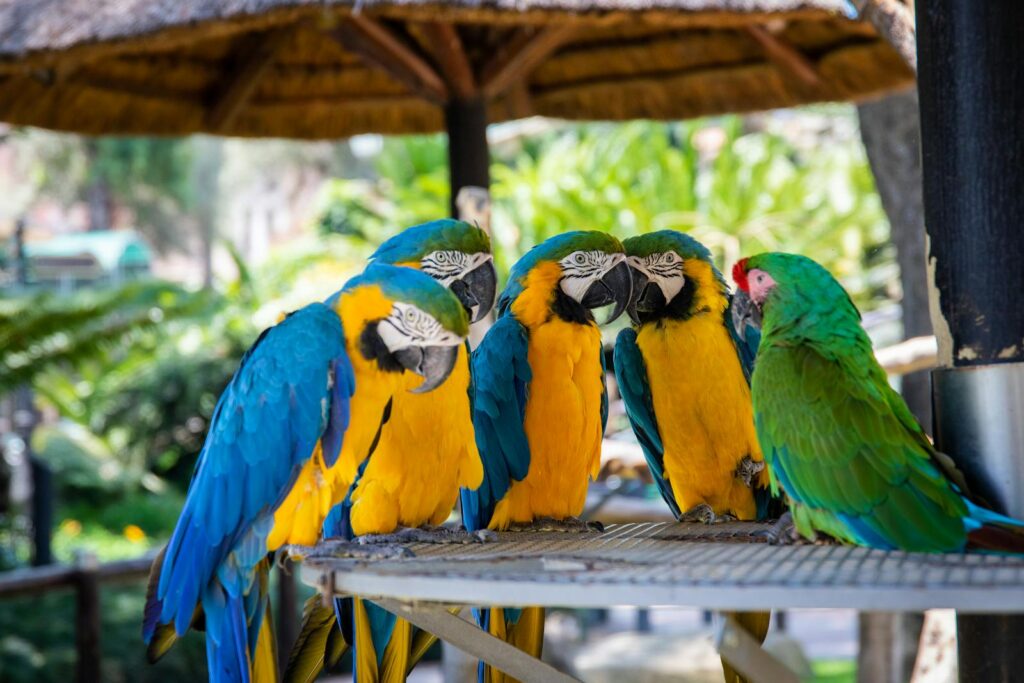
The sophisticated body language of birds represents one of nature’s most intricate communication systems, enabling complex social interactions without a single vocalization. From the subtle head tilts that indicate attention to the spectacular courtship ballets of cranes, avian visual signals convey specific messages tailored to different social contexts. By studying these non-vocal communications, we gain deeper insights into bird behavior, cognition, and social structures. As research techniques advance, we continue to discover new dimensions of this silent language that has evolved over millions of years. For bird enthusiasts, conservation professionals, and scientists alike, learning to read the body language of birds opens a window into their rich social lives and helps us better understand these remarkable creatures with whom we share our world.
